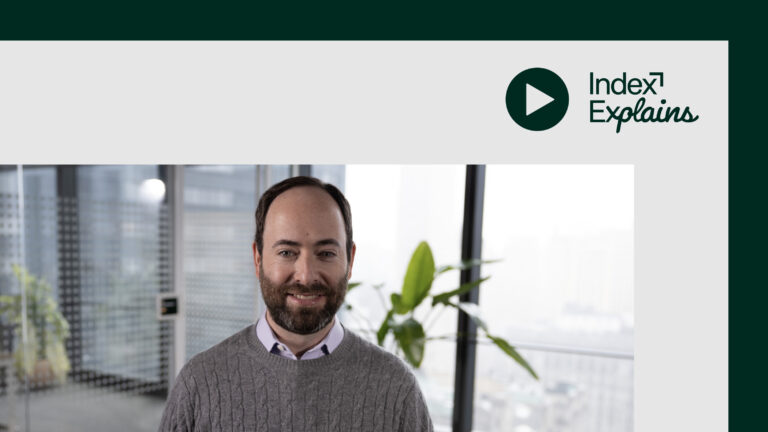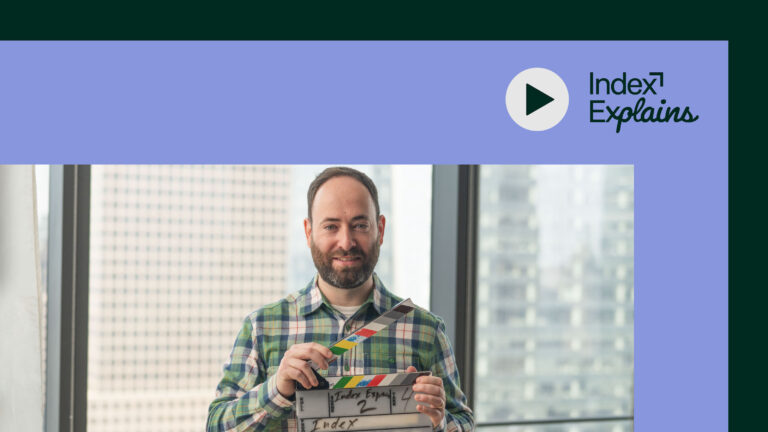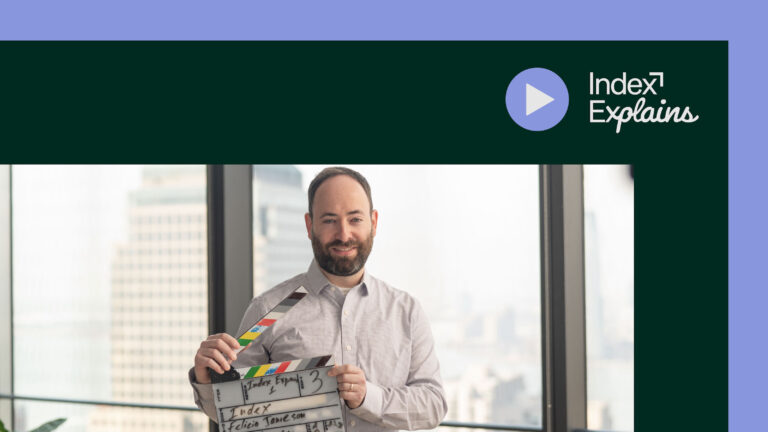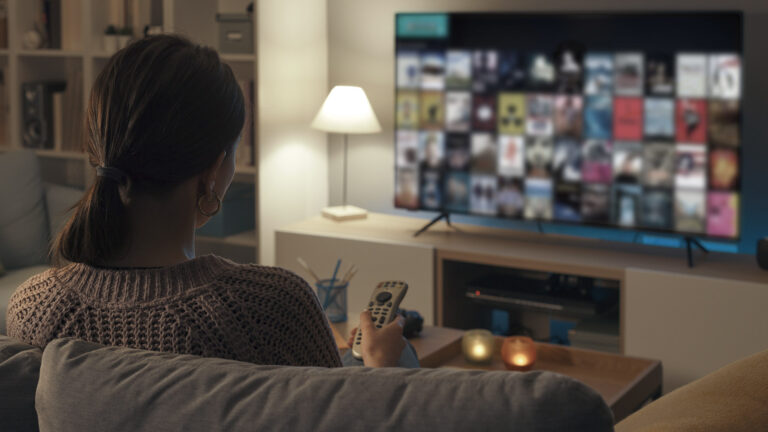The programmatic technology behind ad pods and pod bidding
In a traditional linear broadcast, when there’s a break in the action or pause in the game, you usually see an ad break. In streaming video, we refer to these breaks as ad pods.
Ad pods, or groups of ads in one commercial break, need to manage duplication, competitive separation, buffering, and frequency capping to replicate the lean-back TV viewing experience in streaming and connected TV (CTV).
Because streaming TV grew so quickly, the programmatic ad industry had to figure out how to trade video ad pods using existing standards—namely OpenRTB 2.5. This standard was mostly designed for web, not TV, which has led to some of these sub-optimal viewer experiences.
With new support for pod bidding in IAB Tech Lab’s OpenRTB 2.6 protocol, we finally have a solution to solve these podding problems.
Introducing flexible podding
OpenRTB 2.6 introduces flexible podding, which allows media owners to express the “geometry” of their ad pod.
Media owners all have different monetization needs and preferences for how many ads they show to viewers, so flexible podding allows them to dynamically construct ad breaks to maximize revenue while also maintaining a good user experience.
2.6 defined three types of ad pods:
- Structured ad pods contain a fixed number of ads, all with set lengths. The media owner sends a request with a precise definition of exactly how they want the pod returned.
- Dynamic ad pods have a flexible number and length of ad slots. The media owner communicates the total pod duration, for example 90 seconds, and buyers can return a slate of 10-, 15-, 30-, or 60-second ads, or even a 90-second ad, to fill this break. The media owner then constructs the pod in real time depending on the demand they get back.
- Hybrid ad pods combine structured and dynamic pod features. For example, a pod may include a flexible number of ad slots for the first 60 seconds, while the final 30-second slot is fixed. A media owner could offer a programmatic guarantee for one ad slot, while allowing for flexibility in the remainder of the pod.
Media owners can now dictate a clear podding structure in the bid request so that buyers can send back a slate of well-informed bids without duplicates or competitive clashes.
Here’s a look at the related bid request fields:
- The poddur field indicates the total amount of time in seconds that buyers may fill for the dynamic portion of an ad pod.
- The minduration and maxduration fields are used to specify the allowable time range in seconds for buyer bids on a given ad slot.
- Or, sellers can use the rqddurs array to specify the precise allowable durations for each ad position. This is useful for live TV scenarios where non-exact ad durations result either in dead air or truncated ads.
- The maxseq field indicates the maximum number of ads that can be served within a dynamic ad pod.
- Finally, dynamic podding calls for dynamic pricing. The mincpmpersec field allows media owners to specify dynamic bid floors based on CPM per second so that the floor price scales linearly with the duration of creatives.
The new podding features in OpenRTB 2.6 will be critical to scaling programmatic CTV. But, we need everyone across the industry to adopt and support it for that to happen.
If you’re ready to get started and need support, please don’t hesitate to get in touch. Our team’s here to help.











